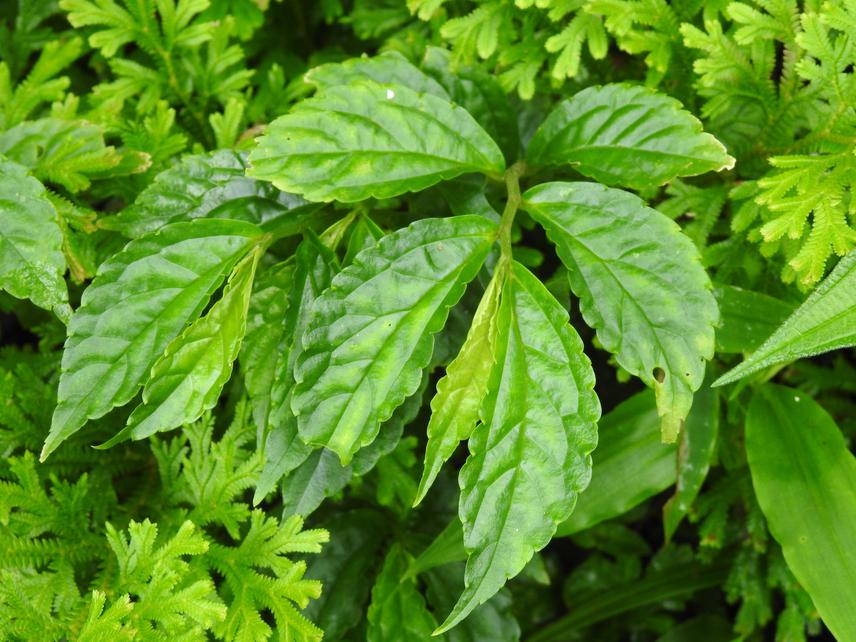Pema Yangden Lepcha
The proposed project will be initiated in Dzongu valley (27°28′–27°38′ N and 88°23′–88°38′ E longitude) located about 70 km north of Gangtok, the state capital of the state of Sikkim, India. Dzongu is located in Sikkim's North district and is home to the indigenous Lepcha ethnic community. The landscape is triangular in shape covering an area of about 78 km2 with an altitude range of 700–6000 m. Dzongu valley borders the Khangchendzonga National Park and Khangchendzonga Biosphere Reserve. Dzongu was officially declared a Lepcha Reserve in 1958 by the then ruling monarch of Sikkim to acknowledge the community’s sacred land.
The main objective of this proposed project are:
1. To conserve wild edible plant that are biodiversity resources as well as a vital component of indigenous people’s food.
2. To strengthen the existing database on wild edible plants with more detailed and in-depth information
3. To engage with local communities for comprehensive understanding on the use of wild edibles and traditional knowledge.

Elatostema a leafy wild edible plant.
The key activities of the project include research through ethnographic surveys, key informant interviews and focus group discussions. Interactions with key stakeholders will be organised to develop strategies for conservation and sustainable use. Further activities will be carried out to raise community awareness on the conservation values of wild edible plants.
Some of the conservation outputs expected from the project are:
1. Creating an extensive database on wild edibles, which are an important part of the community's diet, as well as the plant diversity of Dzongu Valley.
2. Data on threats and trends in the availability of wild edible plants will assist us in determining if this is due to exploitation or just a lack of utilisation of these species.
3. The findings of this project can be used to build a framework for cultivating these high-value wild edible plants, thereby conserving the most endangered and commercially valuable species.
4. With interactions and engagement with communities we would also be able to come up with a set of threats to these species and strategies to sustain these plants in their natural habitats.
5. Documentation of traditional knowledge and practises relevant to wild edible plants will be crucial because the younger generation has different ambitions and may not be as engaged with natural resources in the future.
Header: Sakyong village from study site.